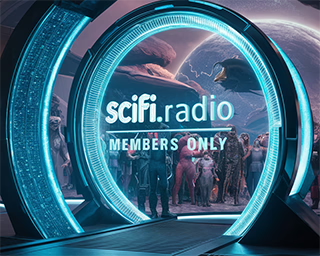NASA has achieved a groundbreaking milestone, demonstrating the feasibility of powered flight on Mars – an achievement comparable to the Wright brothers’ first controlled airplane flight on Earth.
NASA’s Ingenuity Mars Helicopter has concluded its pioneering mission on the Red Planet after exceeding expectations with dozens more flights than originally planned. While remaining upright and communicating, imagery indicates rotor blade damage during its final January 18th landing, rendering further flight impossible.
Credit: NASA/JPL-Caltech
Originally intended as a 30-day technology demonstration to attempt up to five test flights, the first aircraft on another world operated from Mars’ surface for nearly three years. It performed 72 flights, covered over 14 times more distance than expected, and logged over two hours aloft.
“Ingenuity’s historic journey, as the first aircraft to fly on another planet, has ended,” said NASA Administrator Bill Nelson. “That remarkable helicopter flew higher and farther than imagined, helping NASA achieve the seemingly impossible – enabling future flight and smarter, safer exploration of Mars and beyond.”
Ingenuity landed on Mars in February 2021, attached to NASA’s Perseverance rover. It first took flight on April 19th, proving powered, controlled Mars flight possible. After four more flights, it began an operations demonstration as an aerial scout for Perseverance. In 2023, two successful flight tests further expanded knowledge of its limits.
“At NASA JPL, innovation drives everything we do,” said Leshin. “Ingenuity exemplifies our commitment to pushing boundaries daily. I’m incredibly proud of this team’s historic technological achievement and eager to see their next invention.”
Ingenuity’s team planned a brief January 18th vertical flight to gauge its location after an emergency landing. Data shows the helicopter reached 40 feet, hovered 4.5 seconds, then descended at 3.3 feet per second as intended. However, around 3 feet up, contact was lost with Perseverance, which relays communications. Connectivity resumed the next day and imagery later revealed rotor damage. The communications loss cause and touchdown orientation remain under investigation.
Over an extended, nearly 1,000-day mission more than 33 times longer than planned, Ingenuity gained autonomous landing site selection ability despite treacherous terrain, overcame a dead sensor, self-cleaned after dust storms, used 48 different airfields, executed three emergency landings, and survived frigid winters.
Unable to power heaters on frigid nights, Ingenuity’s flight computer periodically froze and reset. The team redesigned winter operations to keep flying despite these power brownouts.
With flights concluded, the team will conduct final helicopter system tests and download remaining data before Perseverance, now too distant, attempts imaging at the final airfield.
“It’s poignant Ingenuity carries Wright Flyer fabric, proving Martian flight like its namesake did on Earth,” said project manager Teddy Tzanetos. “The helicopter wouldn’t have flown once without the Ingenuity and Perseverance teams’ passion and dedication. This pioneering Mars helicopter will inspire aircraft on Mars and other worlds for decades.”
SCIFI.radio is listener supported sci-fi geek culture radio, and operates almost exclusively via the generous contributions of our fans via our Patreon campaign. If you like, you can also use our tip jar and send us a little something to help support the many fine creatives that make this station possible.











